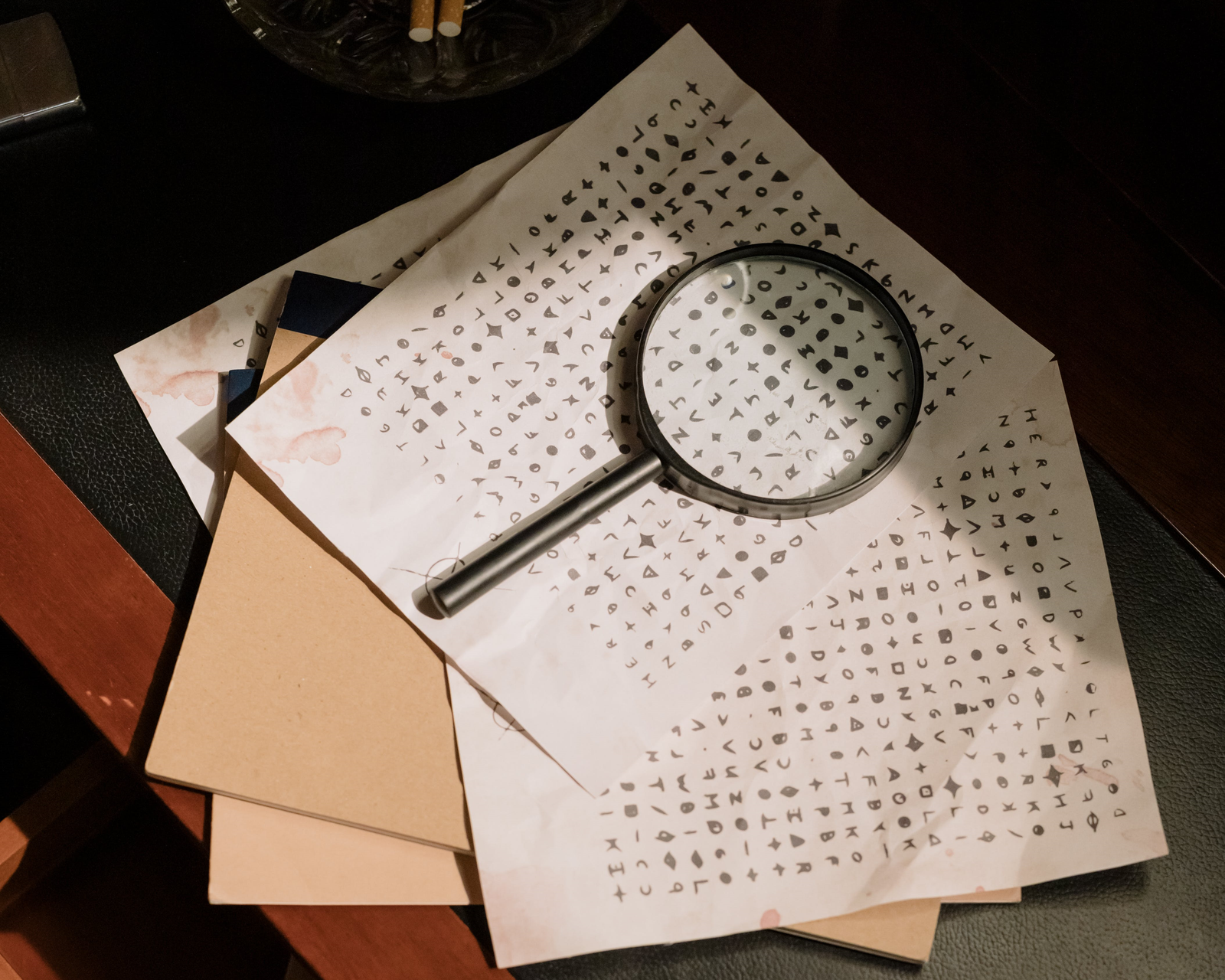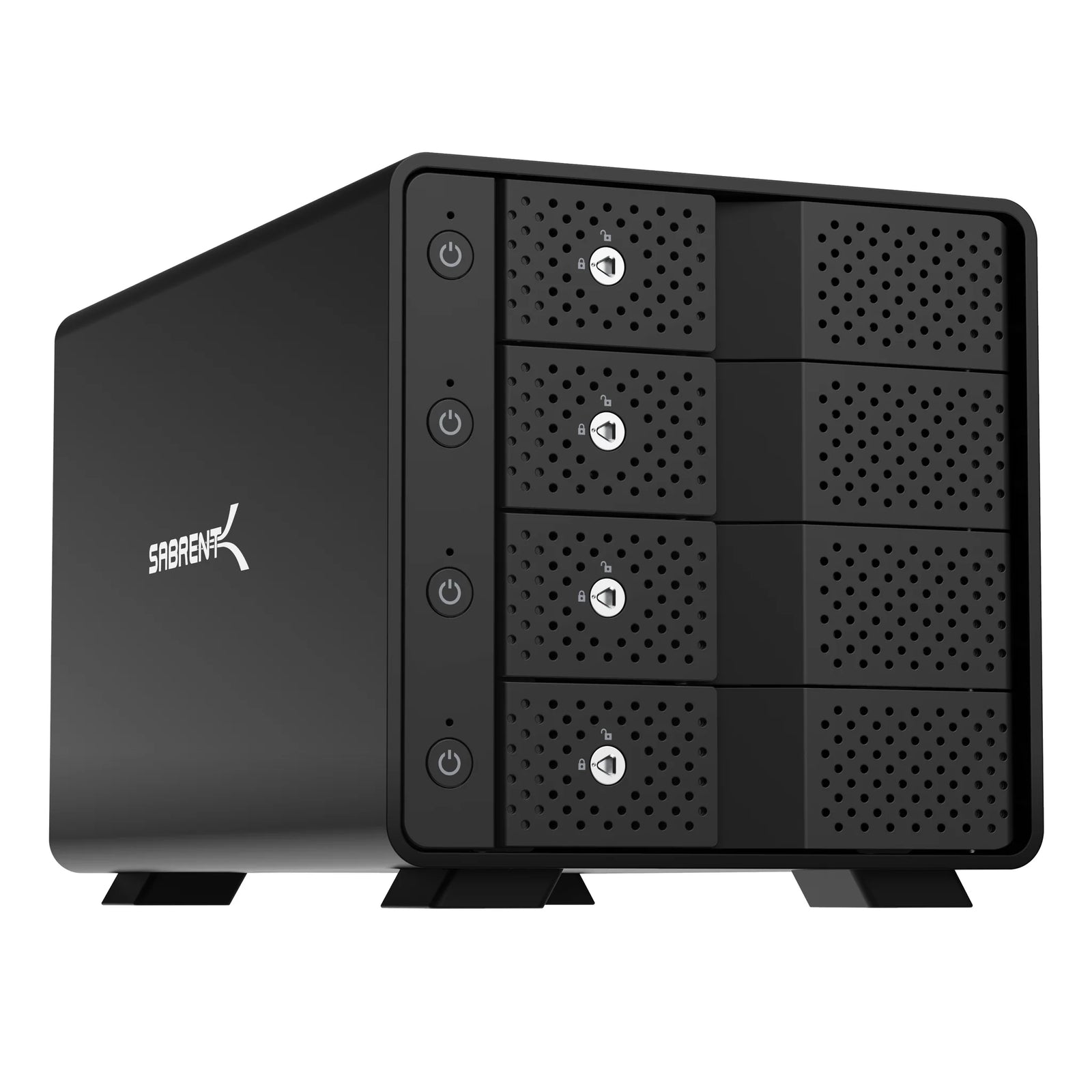Most SSDS are internal and many external accessories remain largely in place. Even devices designed to be portable may have limited protection. However, sometimes users need something a little more rugged. Luckily, there are standards for this, which help determine how endurable the device is - that is, how much punishment it can handle. For example, an enclosure may be rated to survive a one-meter fall, as when dropped, or be shock- and vibration-resistant.
A common standard is the Ingress Protection Code, or IP Code, which gives an idea of a device’s level of protection. This comes in primarily two areas: solid or particle protection, and liquid or water protection. The first digit of the code can be from 0 to 6, that is no protection to complete dust protection or dust-tight. The second digit can be from 0 to 9K, or no protection to close-range, high-pressure, high-temperature spray protection. Other ratings are optional, but code allows for a standardized method of testing.

IP ratings. Source: JLM Mechanical & Electrical.
We sell not one but two enclosures designed to be water resistant and rugged, respectively. Both enclosures are rated IP67 which means they are dust-proof and are able to withstand at least one meter, or 3.3 feet, of water depth. The rugged enclosure additionally is tested to survive a one meter or 3.3-foot drop, thanks to its ruggedized bumper. We also sell a portable SSD, the Rocket Nano Rugged SSD, which meets IP67 requirements and can survive a one meter drop.
For more information on the IP Code, see Wikipedia's article.












